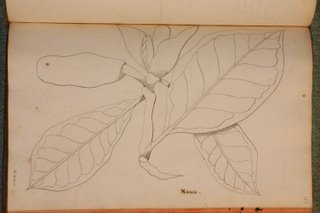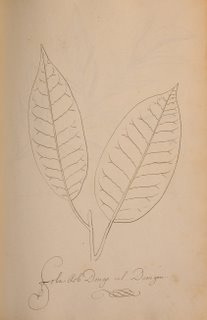ateneo and zero-in
The exhibit "Flora: beauty, desire and death" is scheduled to open at the Ateneo Art Gallery in October. "Flora" is Ateneo's participation in Zero-in, a yearly effort by four institutions—the Ateneo Art Gallery, the Lopez Museum, the Museong Pambata (Children's Museum) and the Ayala Museum, now housed in a new and bigger building. The Zero-in exhibition is the major show for the year of the participating institutions.
Ateneo is currently exhibiting the works of Ronald Ventura, who won last year's Ateneo Art Awards. The Ventura show will run till late July. On 8 August 2006, the winners of the Ateneo Art Awards for 2006 will be announced at the Rockwell Center. A show of the finalist for the award will be held at Rockwell after which the show will transfer to the Ateneo Art Gallery. For details log in at the Ateneo Art Gallery site at gallery.ateneo.edu or click the link on this page.
Ateneo is currently exhibiting the works of Ronald Ventura, who won last year's Ateneo Art Awards. The Ventura show will run till late July. On 8 August 2006, the winners of the Ateneo Art Awards for 2006 will be announced at the Rockwell Center. A show of the finalist for the award will be held at Rockwell after which the show will transfer to the Ateneo Art Gallery. For details log in at the Ateneo Art Gallery site at gallery.ateneo.edu or click the link on this page.







